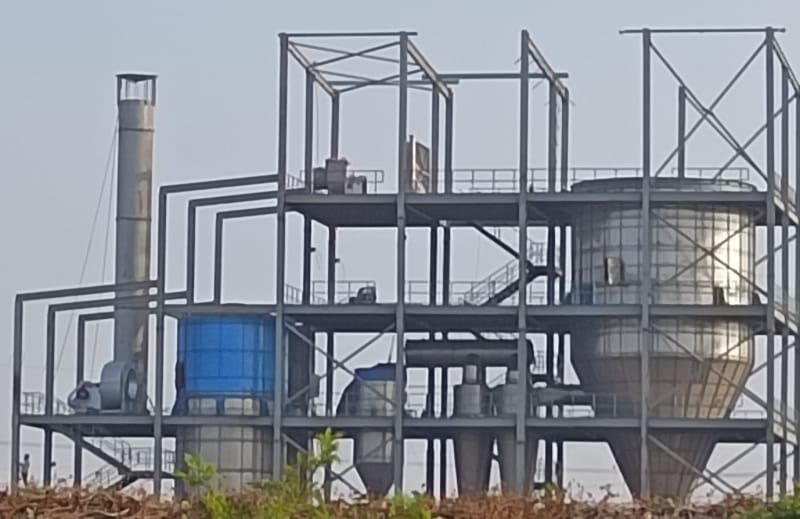Industrial Dryers and Evaporators: A Comprehensive Guide
Introduction
Industrial dryers and evaporators are essential equipment in various industries, including food processing, chemical manufacturing, pharmaceuticals, textiles, and more. Their primary function is to remove moisture from materials, enhance product quality, increase shelf life, and reduce transportation costs. This article provides a detailed overview of industrial dryers and evaporators, including their types, working principles, applications, advantages, and future trends.
What Are Industrial Dryers and Evaporators?
- Industrial Dryers: Machines designed to remove moisture or solvents from raw materials or final products through heat, air circulation, or other drying techniques.
- Industrial Evaporators: Devices used to concentrate solutions by evaporating the solvent, typically water, through heating or vacuum techniques.
Types of Industrial Dryers
- Tray Dryers:
- Uses: Pharmaceuticals, chemicals, food processing.
- Working Principle: Heat transfer by conduction and convection.
- Spray Dryers:
- Uses: Food products, chemicals, pharmaceuticals.
- Working Principle: Atomizes liquid into fine droplets and rapidly dries them with hot air.
- Rotary Dryers:
- Uses: Minerals, fertilizers, food, chemicals.
- Working Principle: Rotating drum with hot air passing through the material.
- Fluidized Bed Dryers:
- Uses: Pharmaceuticals, chemicals, food processing.
- Working Principle: Fluidization of particles by hot air for uniform drying.
- Vacuum Dryers:
- Uses: Heat-sensitive materials, pharmaceuticals, fine chemicals.
- Working Principle: Low-pressure environment to lower boiling point and enhance drying efficiency.
Types of Industrial Evaporators
- Falling Film Evaporators:
- Uses: Food processing, chemical manufacturing.
- Working Principle: Thin liquid film evaporated by heat on vertical surfaces.
- Rising Film Evaporators:
- Uses: Dairy products, sugar solutions, chemicals.
- Working Principle: Liquid rises due to vaporization, forming a film that evaporates rapidly.
- Forced Circulation Evaporators:
- Uses: Concentrating viscous solutions, crystallization.
- Working Principle: Mechanical circulation promotes rapid heat transfer and evaporation.
- Multi-Effect Evaporators (MEE):
- Uses: Desalination, chemical manufacturing, wastewater treatment.
- Working Principle: Uses steam from one effect as the heating medium for the next, improving efficiency.
- Agitated Thin Film Evaporators (ATFE):
- Uses: Heat-sensitive products, viscous materials.
- Working Principle: Thin film formed on heated surface by rotating blades, enhancing heat transfer.
Applications of Industrial Dryers and Evaporators
- Food Processing: Drying fruits, vegetables, dairy products, coffee, etc.
- Pharmaceuticals: Drying active pharmaceutical ingredients (APIs), granulation.
- Chemical Industry: Concentrating solutions, drying powders, removing solvents.
- Textiles: Drying fabrics, yarn, and other materials.
- Waste Management: Sludge drying, wastewater evaporation.
Advantages of Industrial Dryers and Evaporators
- Improved product stability and shelf life.
- Enhanced process efficiency and energy savings.
- Reduced transportation costs due to decreased weight and volume.
- Customized designs to suit specific materials and processes.
Future Trends
- Increased focus on energy-efficient designs.
- Integration of automation and IoT for process control.
- Development of eco-friendly drying and evaporation technologies.
- Innovations in hybrid drying systems combining various methods for enhanced efficiency.
Conclusion
Industrial dryers and evaporators are vital components in a wide range of industries. Selecting the right type of dryer or evaporator depends on the nature of the material, desired end-product quality, and process efficiency. The industry is expected to see further advancements aimed at improving energy efficiency, automation, and environmental sustainability.

